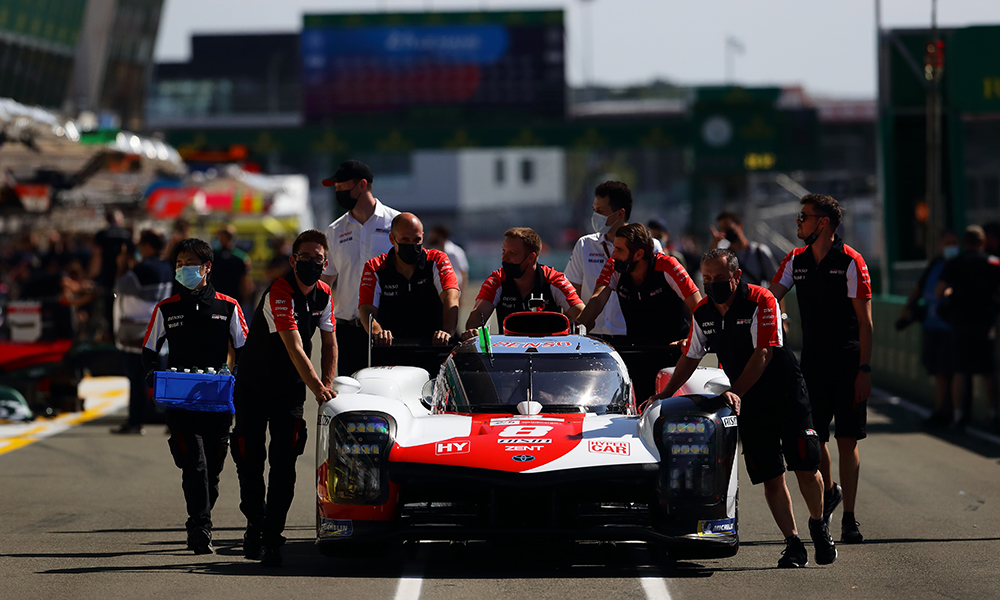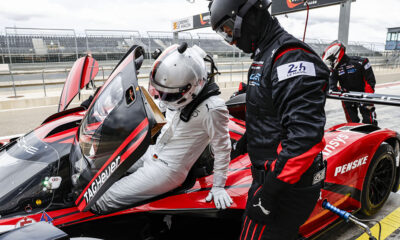
Photo: James Moy/Toyota
Toyota Gazoo Racing Europe technical director Pascal Vasselon is confident of not having any repeat reliability-related issues that struck the Toyota GR010 Hybrids in the early season FIA World Endurance Championship rounds.
The Japanese manufacturer heads into its first Le Mans with the new-for-2021 LMH machinery, casting questions on whether the cars will be able to last the 24-hour race trouble-free.
Both the cars’ most recent issues in the 6 Hours of Monza have been solved according to Vasselon, who revealed that the team was impacted by contaminated fuel during the Italian event.
“We have convincing counter measures for all of the issues we’ve had so far,” said Vasselon.
“We don’t suffer from any fundamental issues. We are as confident as we can be but something new can happen.
“I think we have fixed all of the issues we’ve had. The main issue on No. 8 [in Monza] was fuel contamination. We had it on the two cars but the No. 7 during practice.
“It was not obvious to understand where it was coming from because the contamination was somehow transparent and not visible in the filters.”
Vasselon explained that the team later found the source of the contamination in its fuel rigs, which have been cleaned and rebuilt ahead of Sunday’s Le Mans test day.
An electrical glitch that forced the eventual race-winning No. 7 car of Kamui Kobayashi to briefly stop on track in Monza has also been solved according to Vasselon.
Tomorrow’s test will mark the GR010 Hybrid’s first outing on the 8.5-mile circuit, where the team will be running through its checklist of items to get through.
“Obviously it will be setup and systems development. Everything is new,” Vasselon said. “We will be very busy tomorrow.
“The only strategy is to do a list of test items which we will share between the two cars.
“The most important test items are done by the two cars but some others are shared and then the results are shared.”
Toyota, Glickenhaus Le Mans Power Levels Explained
Vasselon explained that a decision from the FIA and ACO was made to not reduce the performance of the LMH cars as originally planned for Le Mans.
Initially, both the Toyota and Glickenhaus 007 were to have a maximum power output of 500 kW, but both cars’ power levels from Monza have been carried over to the test day.
The GR010 Hybrid will run at a maximum of 515 kW with the Glickenhaus at 520 kW.
“It’s not a surprise,” said Vasselon. “When we saw in Spa already that the LMP2s were very close we immediately did some anticipation on Le Mans, which we shared with the FIA and ACO.
“At some point they shared our concern and there was an easy improvement to be done.
“Yes, the plan in Le Mans was to run 500 kW. I think everyone involved was able to run 520 kW, so it was an easy thing to do for this year, maybe next year to fix the issue.
“It’s something that would theoretically have to be reviewed for 2023 because when LMDh will be there, we know they normally should not be able to run 520 kW.”
Vasselon said all four of its endurance simulation tests were done at the 520 kW power level.


























